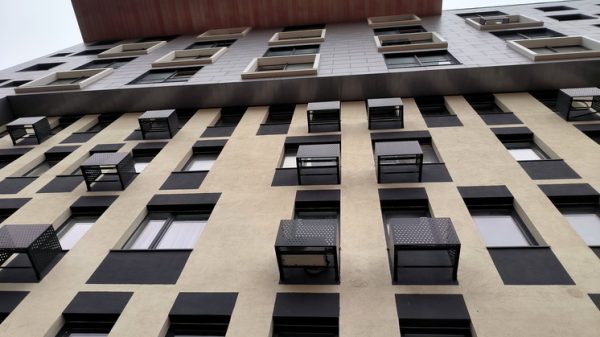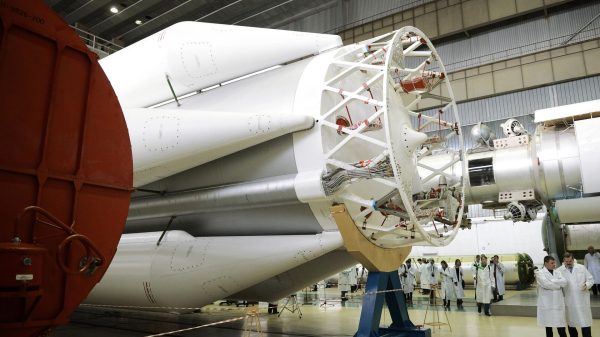Venice’s long-delayed flood barrier has saved the city from high tides for a second time.
The 78 mobile barriers of the Mose project were activated early on Thursday morning after forecasts that the tide would reach up to 135cm. Without the barrier, a tide at that level would have flooded half of the city, with the popular tourist attraction of St Mark’s Square usually bearing the brunt.
By mid-morning, strong winds and rain had pushed the water level as high as 140cm in some areas of the lagoon, but in Venice city the level was stable at between 50-60cm.
“The city is dry,” Venice’s mayor, Luigi Brugnaro, wrote on Twitter. “All the gates are in operation. The canals will reopen at around 3.30pm.”
Tides of up to 130cm were also forecast for Friday morning.
The huge yellow floodgates, which rise to separate the Venetian lagoon from the sea, also succeeded in shielding the city during its first real-time test in early October when the high tide, or acqua alta, rose to 120cm.
The Mose dams were designed in 1984 and were supposed to come into service in 2011, but progress was blighted by a corruption scandal and cost overruns.
Deep trouble: can Venice hold back the tide?
Read more
The Italian government came under pressure to finally finish the €6bn project, which is designed to protect Venice from tides of up to 3 metres, after the city experienced its worst flood since 1966 in November last year. The flood killed two people and caused an estimated €1bn worth of damage to monuments, businesses and homes.
Venetians have mixed feelings towards the project, with some considering it to be essential for protecting the city and others saying it has damaged the fragile lagoon. Those against the project argue that work done so far has exacerbated the flooding.
As part of the Mose system, an artificial island was built between Venice Lido and Cavallino-Treporti to separate two rows of barrier gates and to house the main technical buildings for the operation of the gates. Critics argue that the island altered the lagoon and allowed seawater to enter more quickly.
The high tide that hit the city late at night amid heavy rain on 12 November last year reached 1.87 metres in height, just shy of the record 1.94 metres measured in 1966. The city was flooded several more times over the following days.
Venice gets flooded several times a year but of the 23 high tides to reach over 140cm, 14 have occurred within the last two decades.
The flooding in November 2019 also provoked some inhabitants to leave the city and tourists to cancel their trips.
The Italian prime minister, Giuseppe Conte, went to the city in July, when the floodgate barriers were lifted for the first time. At the time, he called for the controversies over Mose to be set aside and for work to focus on its completion.
Further tests will be carried out, although the project is not expected to be fully functional until the end of 2021.


















































Свежие комментарии